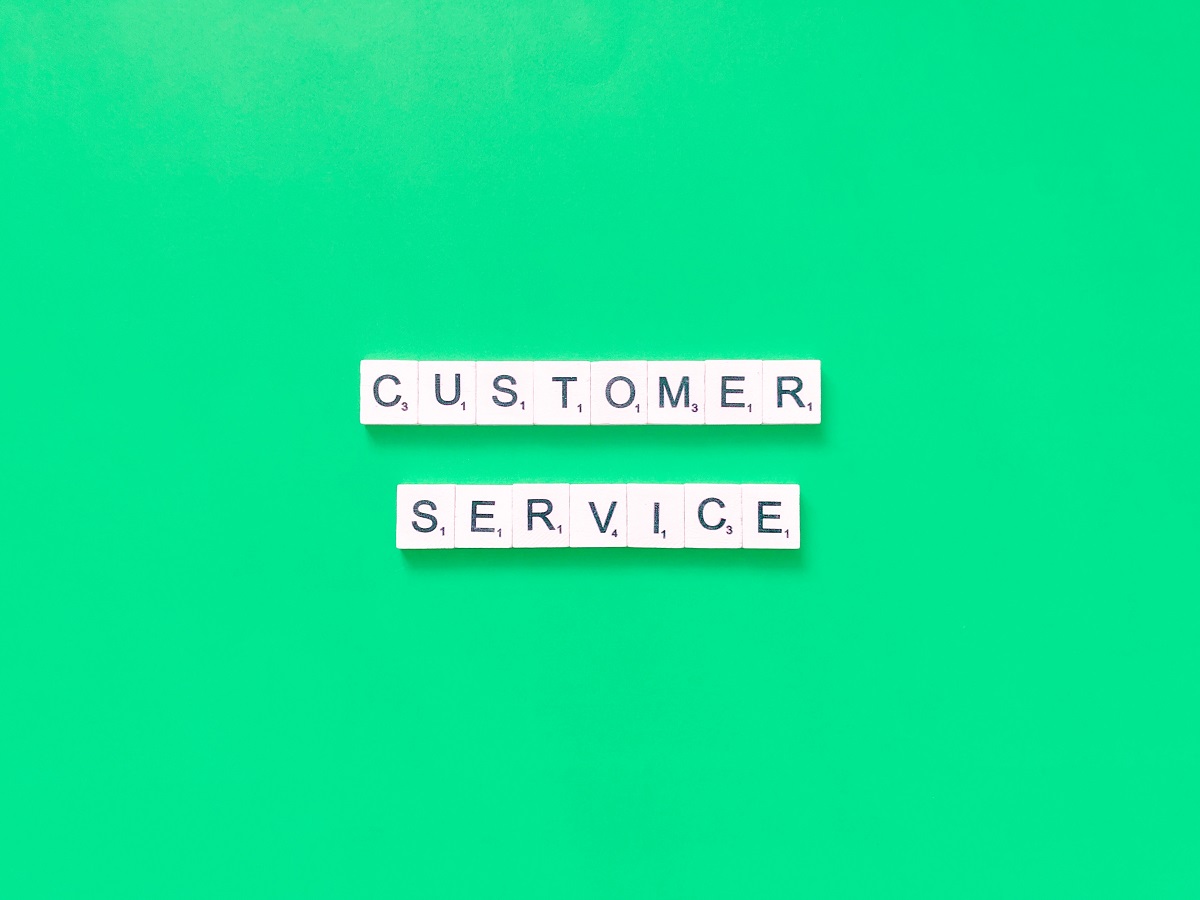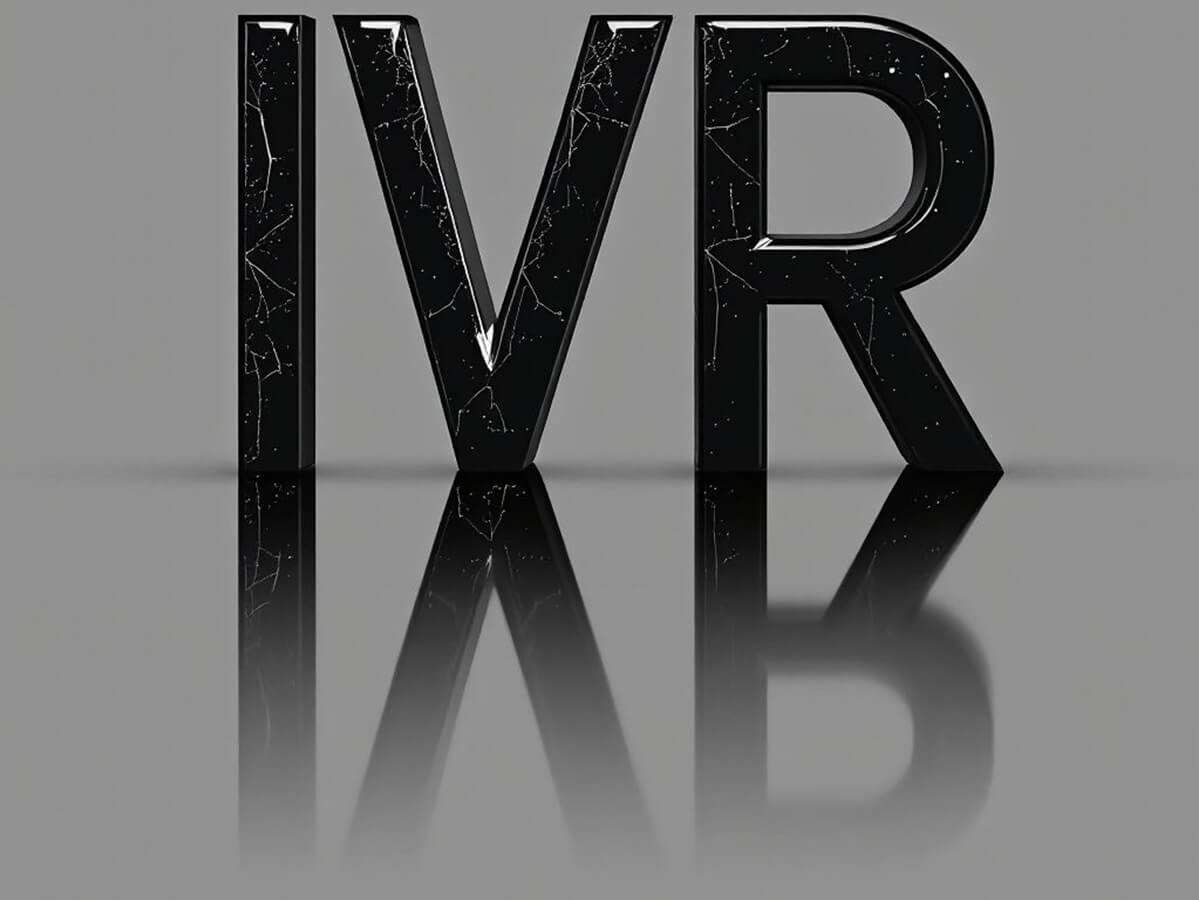Today’s businesses cannot afford to ignore or relegate customer service to the back burner. A customer service strategy is as essential as having the right processes and workflows within the organization. It has to be front and center, as customer satisfaction is critical to success.
Bad customer service has a domino effect on all areas of your business: it is bad for your reputation, erodes brand value, and leads to lost revenue. Research has shown that customers are more likely to talk about a bad experience – and tell more people about it – than a positive one.
On the other hand, excellent customer service gives you loyal customers. These customers spend more on your products, buy from you more often, and most importantly, tell their friends and family about your business. They leave positive reviews on social media and will become your best marketing asset, all without you spending a cent on advertising. All you need to do is provide an excellent customer experience!
Sounds easier than doing it, right? Developing a customer service strategy might seem daunting but every business needs one. It is much harder to deliver something when you don’t have a plan for it.
What does a customer service strategy mean?
A customer service strategy is your plan to handle all customer interactions. It allows you to provide consistent service that meets or exceeds your customers’ expectations. It’s important to remember that you need to provide superior service at every step of the custom’s journey. It doesn’t matter how or where the customer is interacting with your business.
So your customer service strategy should cover all touchpoints: online, mobile apps, phone calls, email, live chat, and every time they walk into your office or store. Deploying a customer service strategy allows your business to:
- Provide superior customer service consistently, across all channels
- Set goals and measure progress
- Create and retain loyal customers
- Re-orient teams towards a customer-first mindset
How to create a customer service strategy
Create a customer service vision
This might go without saying but you cannot create a cohesive strategy without knowing what your goals are. While customer happiness should be your goal, the definition of customer satisfaction will be different for every organization.
So first step: what does a happy customer look like for your business? Your goal might be to ensure every customer interaction is positive and the customer walks away happy. It might be to deliver your services and products on time. The company’s vision might be to create a loyal customer base.
Set attainable goals for custom service
The goals you set for your customer service teams should be clear and attainable. Ill-defined goals mean your employees don’t know how to reach them or even if they are making progress. Managers won’t know if they’re on track or how to correct course if/when mistakes happen.
Your customer service goals should be attainable as well. Don’t set goals that are practically impossible to achieve. Set your teams up for victories – big or small – with realistic and reasonable goals. For example, reducing service complaints by 10% in a quarter might be attainable for the company. But the goal of getting complaints to 0 in the same quarter is unrealistic for any business!
Follow your customer journey and identify all touchpoints
Identify and document all customer interactions across channels. You need the answer to at least a few of the following questions:
- How often do customers contact your service team?
- Do they contact your support team shortly after purchase?
- How many emails does it take to resolve a customer complaint?
- What are the most common queries new customers have?
- Do customers buy more or less after interacting with your service teams?
These questions allow you to gain insights into improving your processes, understand the context of customer interactions, and even predict customer needs. For example, you may find that customers who do not contact your business within 2 months of purchase are more likely to go to a competitor. It may mean that you need to proactively reach out to such customers and offer helpful resources.
Build the right team
You cannot create or deliver superior service without the right staff. Look beyond resumes and technical skills when hiring for key roles and frontline employees. Candidates may look good on paper but may not be the right fit for your company values.
Make sure the HR department knows the right questions to ask and look for specific types of people when they recruit staff. Put everyone through the same customer service training, so they work with the same handbook and values. Ensure employees understand how their roles intersect with the larger customer service vision.
Empower your teams and give them the right tools
Even the best employees cannot do their jobs if your policies hold them back or they lack the right tools. Sometimes organizations create big-picture strategies and forget to align their policies and workflows towards customer service.
Suppose your service goal is to resolve customer issues with one call, meaning customers should not have to call you back. But your managers tell service agents to end calls within 30 minutes to keep their call numbers low.
Employees should have the right tools to improve customer interactions. Consider a simple example. When customers call your service center, they have to tell their name, phone number, account number, and other details. If they end up getting transferred, then they have to repeat this information.
Most VoIP solutions have an option to connect to your CRM systems and pull the correct customer account information based on the phone number. With the right tools like this, employees can reduce the time it takes to start helping customers. It also improves the customer experience as you are not wasting their valuable time.
Incentivize the customer-first mindset
With the right tools and processes in place, you’re almost set. However, you do need to reward and incentivize employee behavior that improves the customer experience. It need not just be in the form of paychecks or bonuses. Informal rewards and non-monetary incentives can also work wonders.
If a customer gives a 5-star review or mentions an employee by name on social media or email, forward that message to all teams and give a shoutout on employee forums. Ensure everyone is aware of what kind of behavior is required and rewarded at work.
Similarly, you can run monthly or quarterly competitions to see who resolves the most service issues, provides exceptional customer service, etc. Gift cards, coveted parking spots, or team events can be great incentives for such competitions.
Identify and monitor performance metrics
Knowing your customer service goals is one thing but you also need to know if you’re on track to achieving them. This is the final piece of your customer service strategy. Quantify your progress and successes with numbers and metrics. You can ask customers for direct feedback on the following measures:
- How satisfied are they with the service interaction? They can rate their experiences on a scale of 1 (very unsatisfied) to 5 (very satisfied).
- How likely are they to recommend your business to friends and family? Most businesses quantify this on a scale of 1 (least likely) to 10 (most likely).
- How easy was it to resolve their issue or find the answers they were looking for? Higher scores indicate they were able to find answers or resolve issues quickly leading to a positive experience
How to improve your customer service strategy
A lot of businesses have a customer service strategy in place but it may not work for you anymore. As circumstances change and your organization grows, you will need to tweak and update the strategy. A re-alignment may be necessary if you launch new products, expand into different markets, or add services to your portfolio.
You can use the above framework to examine and optimize your customer service strategy. Look for particular pain points that your customers are experiencing such as long hold times or inadequate help guides/manuals. Maybe your customers are unable to talk to an agent or cannot reach the live chat during peak hours. Such incidents could mean you need to upgrade your communications system, improve capacity, or switch to a different provider.
People, tools, and processes
Look at these three key areas to improve your customer service strategy:
1- People
You need to hire the right people at every level of management. The customer-first mindset needs to start from the top and percolate down to your frontline employees. You cannot expect staff to put the customer first if managers and C-level executives don’t reinforce the same message.
2- Tools
Make sure your staff has the right tools to do their job. From the best communications systems to training, they cannot provide excellent customer service without them.
3- Processes
Make sure your policies, processes, and workflows are aligned with your customer service vision. You should empower your staff to solve customer complaints and improve service, not put obstacles in their path that make it more difficult for them to do so.




